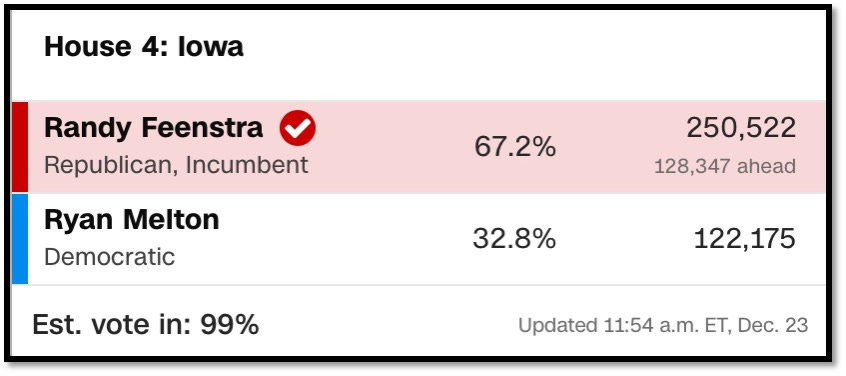Captain K’s Orientation to 2026 Midterm Forecasting
Under the hood of the most successful model for the 2024 presidential election and how I’ll adapt it to account for greater uncertainty
While some prefer to overcomplicate things, simplicity is my speciality, and I have the accolades to prove my forecasting know-how. For the 2024 presidential election, I divided the races into three categories:
SAFE - Race certain to go to either candidate, with no chance of flipping. I settled on a margin of >8% points for these races, and only one state snuck inside that point - New Jersey at Harris +5.9%. Called all 43 winners correctly.
LEANER - Race in which the likely winner was known to a high degree of certainty, but with the right circumstances, a flip would be possible. Margin of victory <8%. Called all 6 correctly:
DECISIVE - 81 electoral votes most likely to decide the presidential winner, taking into account allocation of safe and leaner races. Called all 7 correctly:
Disclaimer: Presidential races are far easier to predict because races are much more partisan and rigidly follow voter registration by party shifts every four years. Midterm, off-year, and special elections are subject to far more variables and decades-old political science dynamics that has more to do with which party controls the White House than anything else, but can also boil down to which issues are hot at the right time. If the electorate is looking for Santa Claus, Democrats are tailor-made to run on handing stuff out. If they’re looking for law and order, Republicans take the cake.
The 2026 midterms inherently favor the Democrats, speaking in terms of the U.S. House only. The Senate, as you’ll continue to see, favors a Republican hold because the map is a bad one for Democrats. The House majority, as elected in 2024, is just 220 to 215 Republican, meaning they can lose just a net of two seats and still hold the chamber. The average loss to the President’s party since 1934 is 27 seats, with just 3 of 23 midterms going in his favor.
I will not be able to present full projections until all maps are set. This may take a while, because yesterday a rogue judge threw out Texas’s 2026 map, in which Republicans were looking to flip up to five seats. I think this sets up for a battle in which California’s redistricting process, which is extremely sketchy, will be called into scrutiny. I don’t foresee the 2026 elections happening with Texas running on the old map and California on a new one. I could see it the other way around, but most likely, I think they’ll either both have new maps, or both have to keep the old ones.
With 435 House seats up for grabs, I’d be stunned if I batted 1.000 this time around. Many of these races will be decided by thousands, if not hundreds, of votes (or “ballots” in states like California), and late-breaking news in the early voting period could swing them away from expectations.
Here is how I am planning on fielding my projections:
SAFE SEATS
For now, margins of >10% in 2024. Subject to change based on new boundaries, retiring incumbents, or signs of a significant wave favoring Democrats that could jeopardize Republican seats previously thought safe. I think polarization and the continuing Republican registration edge is likely to prevent a blue tide, if it manifests, from reaching these seats.
Examples:
WA-1 is SAFE for Democrats (hold). No Republican can win this seat in any election as currently drawn.
IA-4 is SAFE for Republicans (hold). No Democrat can win this seat in any election as currently drawn.
LEANER SEATS
Keep reading with a 7-day free trial
Subscribe to Captain K's Corner to keep reading this post and get 7 days of free access to the full post archives.






